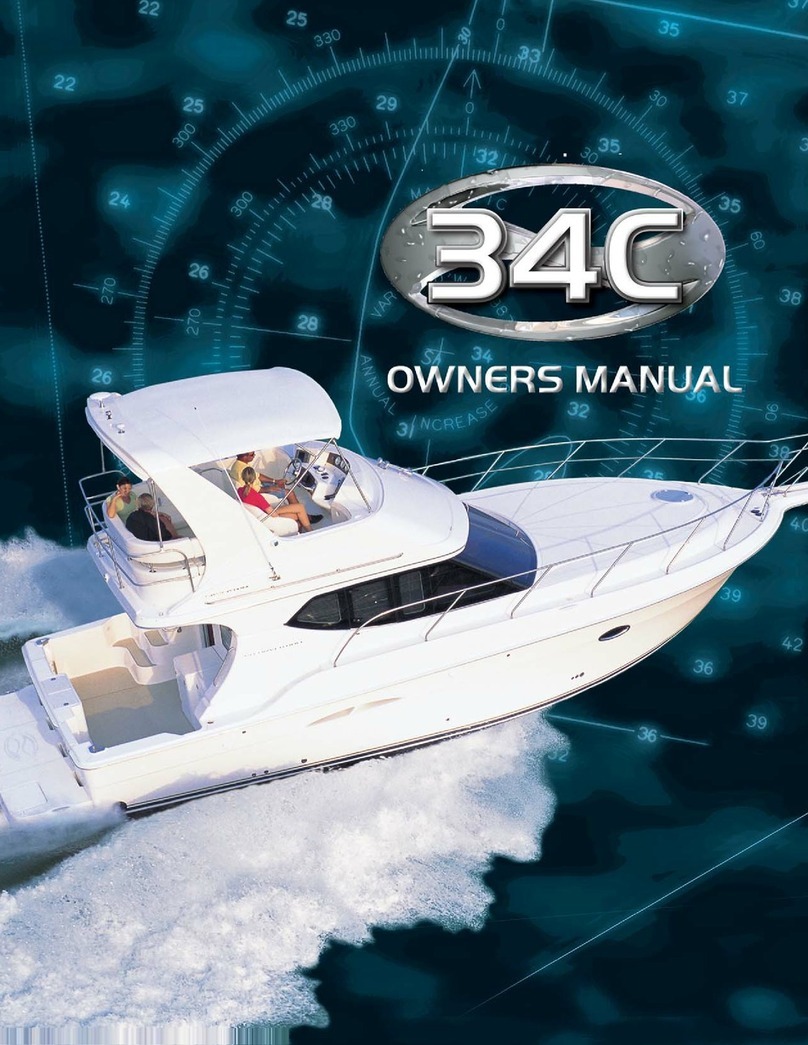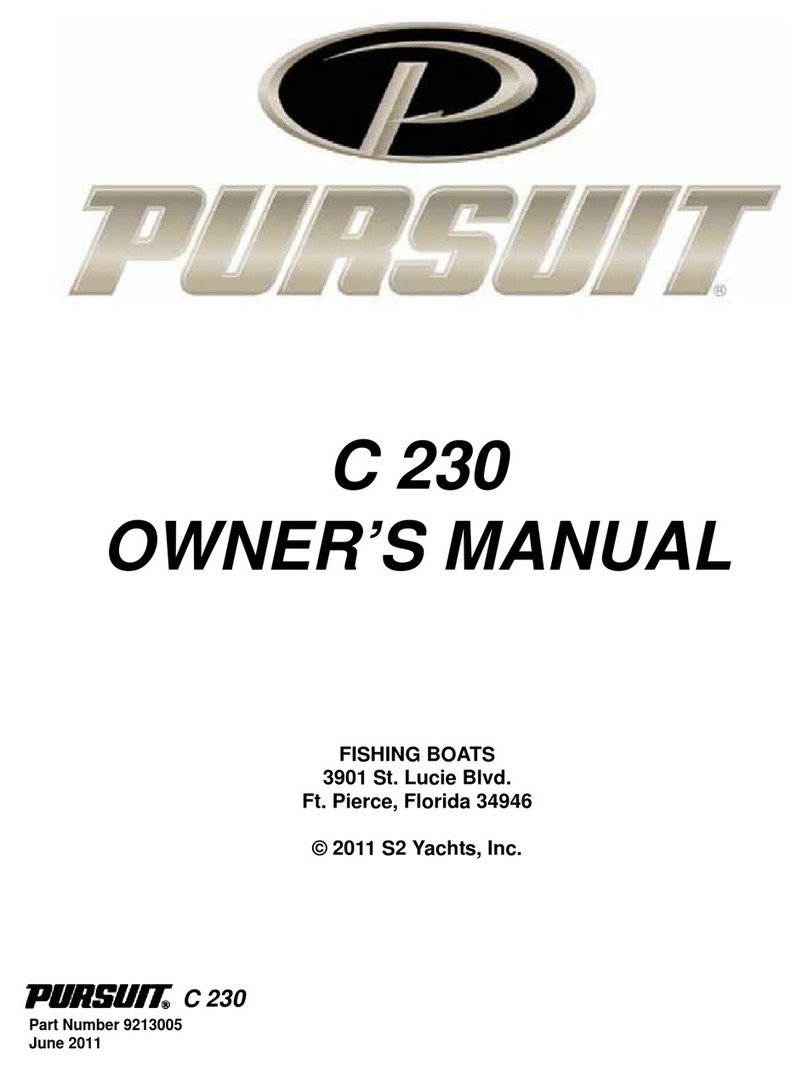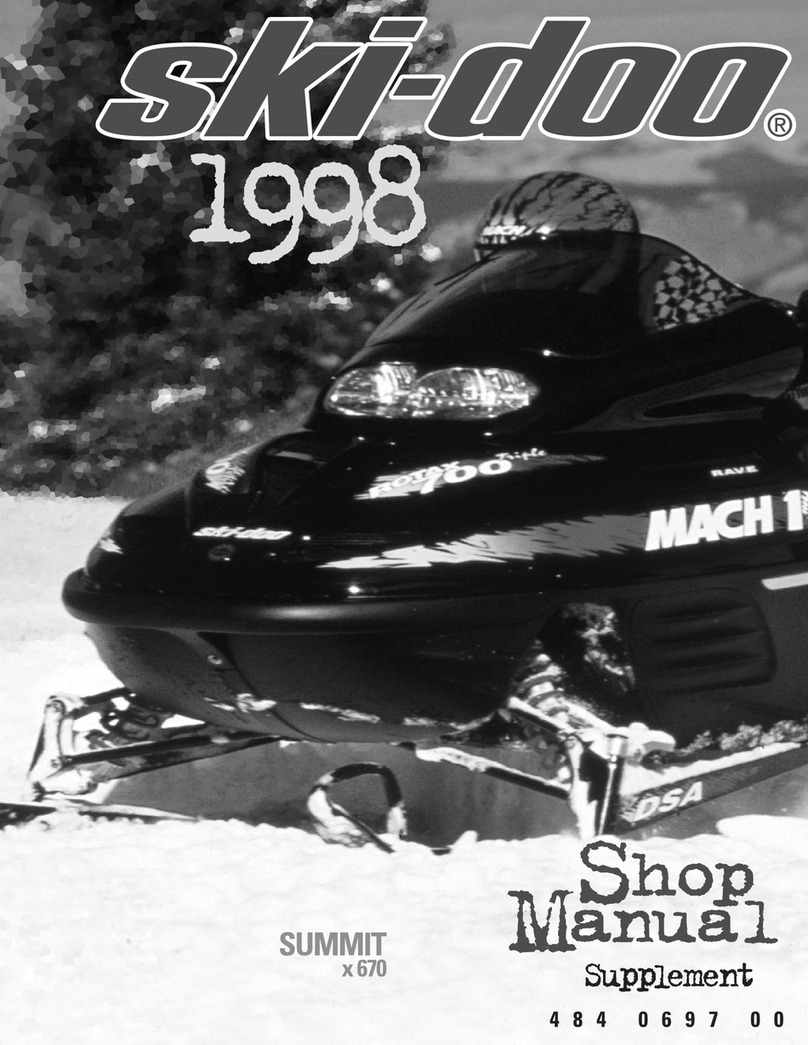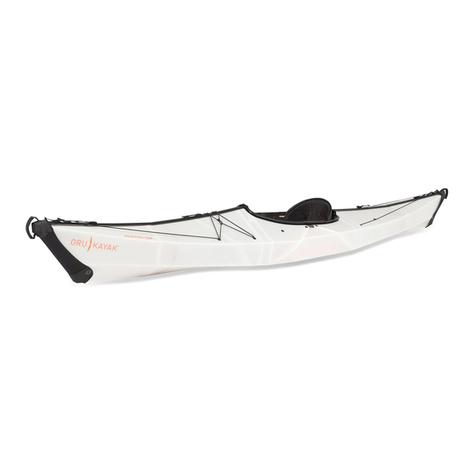Meridian Yachts Yacht User manual




















Table of contents
Other Meridian Yachts Boat manuals

Meridian Yachts
Meridian Yachts Meridian 540 User manual

Meridian Yachts
Meridian Yachts 408 User manual
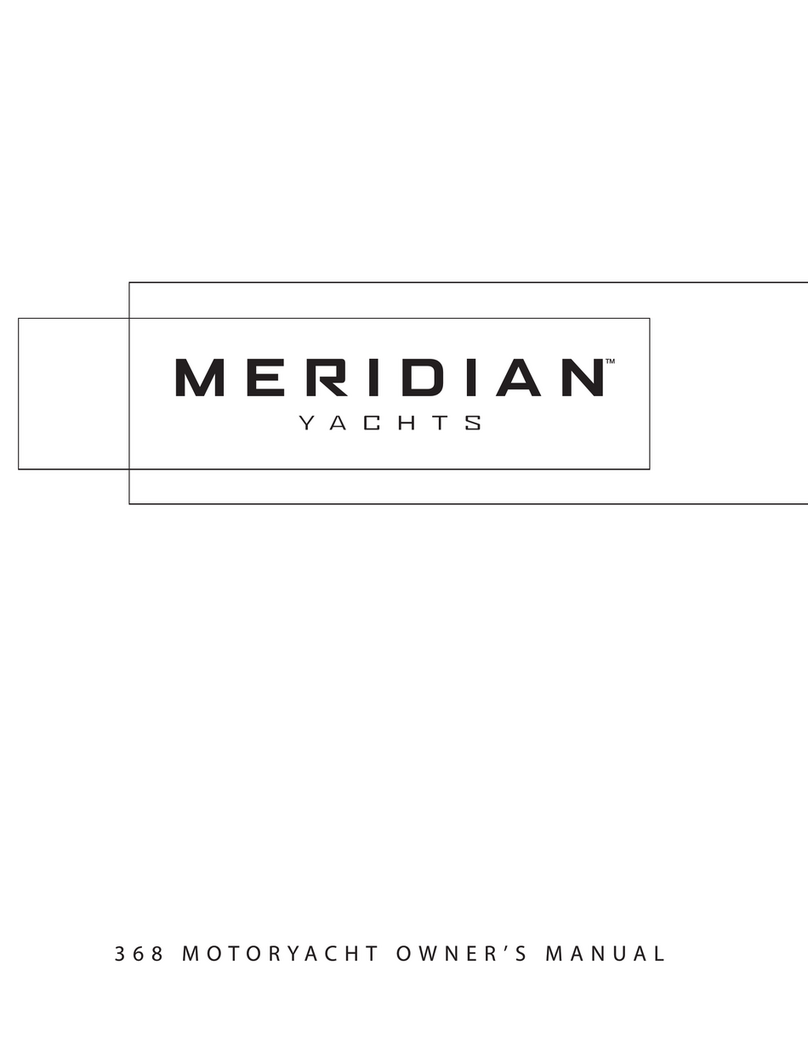
Meridian Yachts
Meridian Yachts 368 User manual

Meridian Yachts
Meridian Yachts 411 Sedan User manual

Meridian Yachts
Meridian Yachts 459 User manual

Meridian Yachts
Meridian Yachts 580 Pilothouse User manual

Meridian Yachts
Meridian Yachts 411SB Sedan User manual
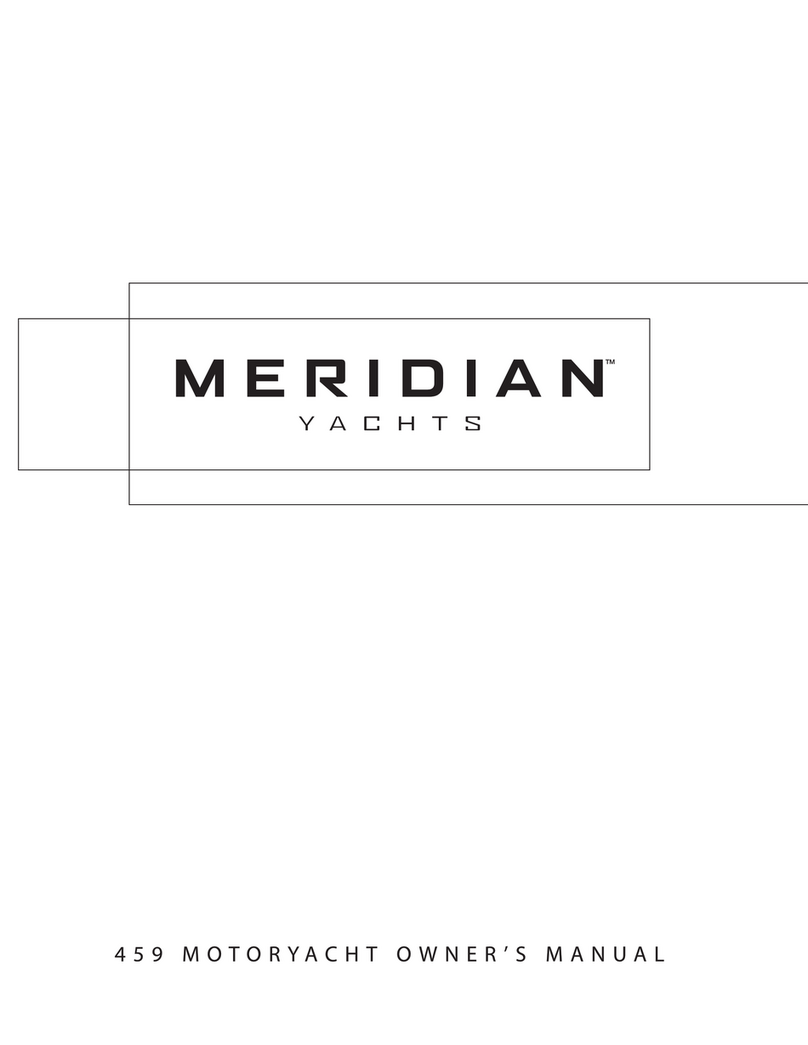
Meridian Yachts
Meridian Yachts 459 User manual
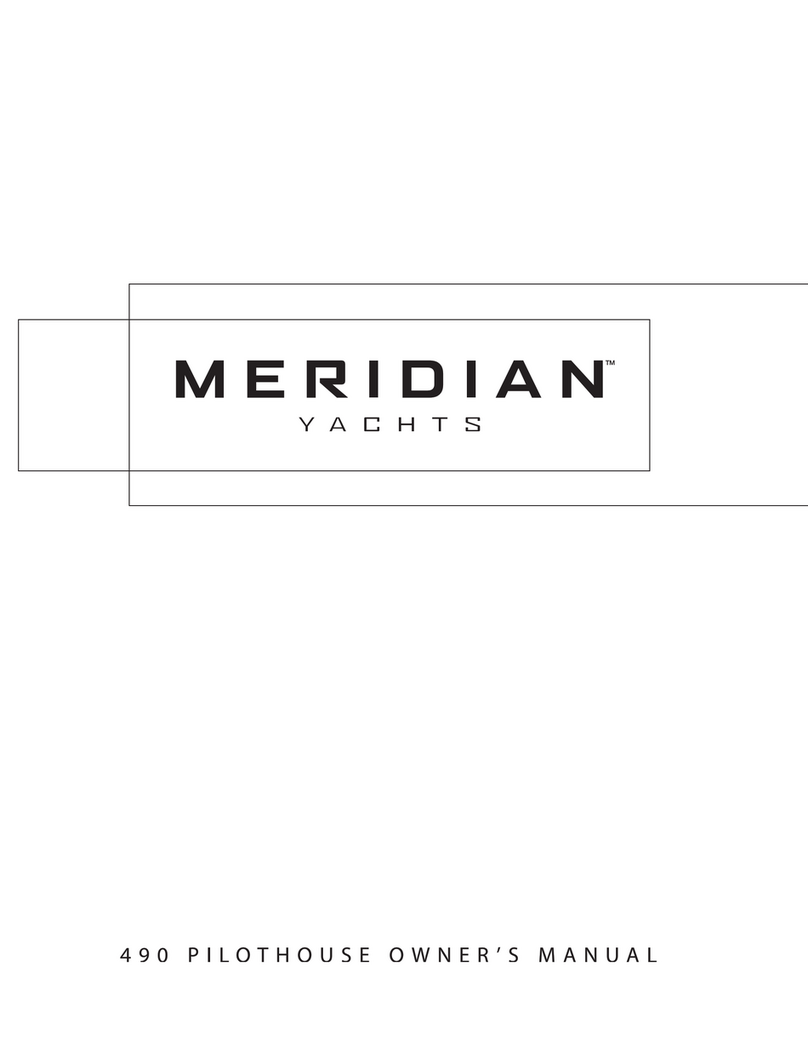
Meridian Yachts
Meridian Yachts 490 PILOTHOUSE User manual

Meridian Yachts
Meridian Yachts 408 User manual
Popular Boat manuals by other brands

Gardasolar
Gardasolar GOGO4 Use and maintenance manual
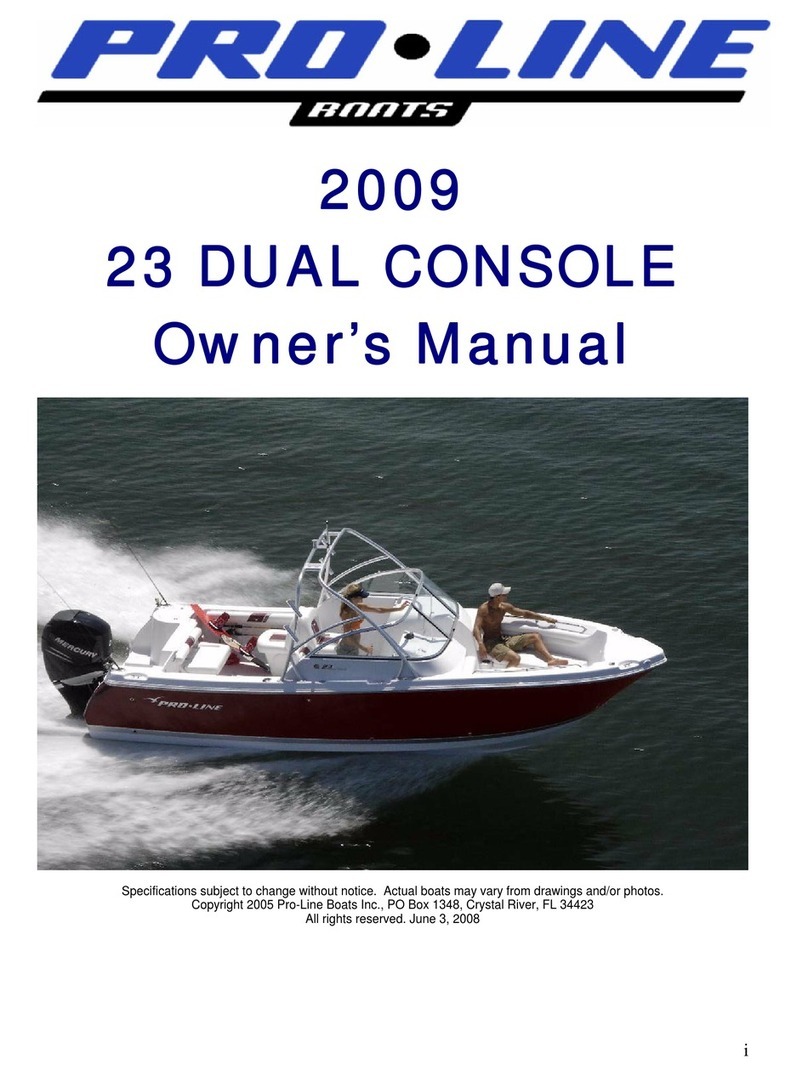
Pro-Line Boats
Pro-Line Boats 23 Dual Console owner's manual
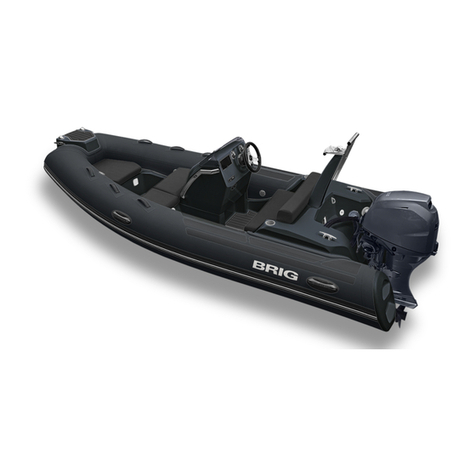
BRIG
BRIG Eagle Series owner's manual

Newport
Newport CARMEL Owner's manual and safety instructions

Highfield
Highfield Roll Up 200 owner's manual

Albemarle
Albemarle 288 EXPRESS FISHERMAN owner's manual
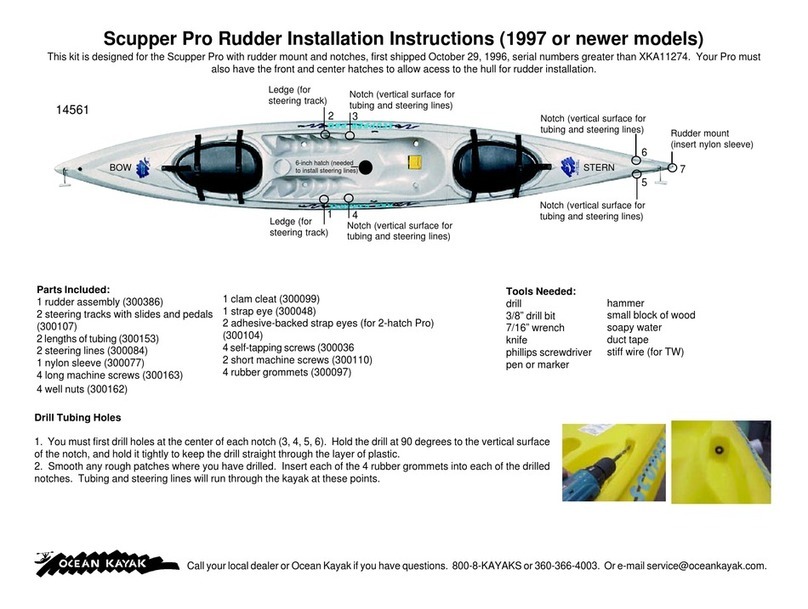
Ocean Kayak
Ocean Kayak SCUPPER PRO 14561 installation instructions
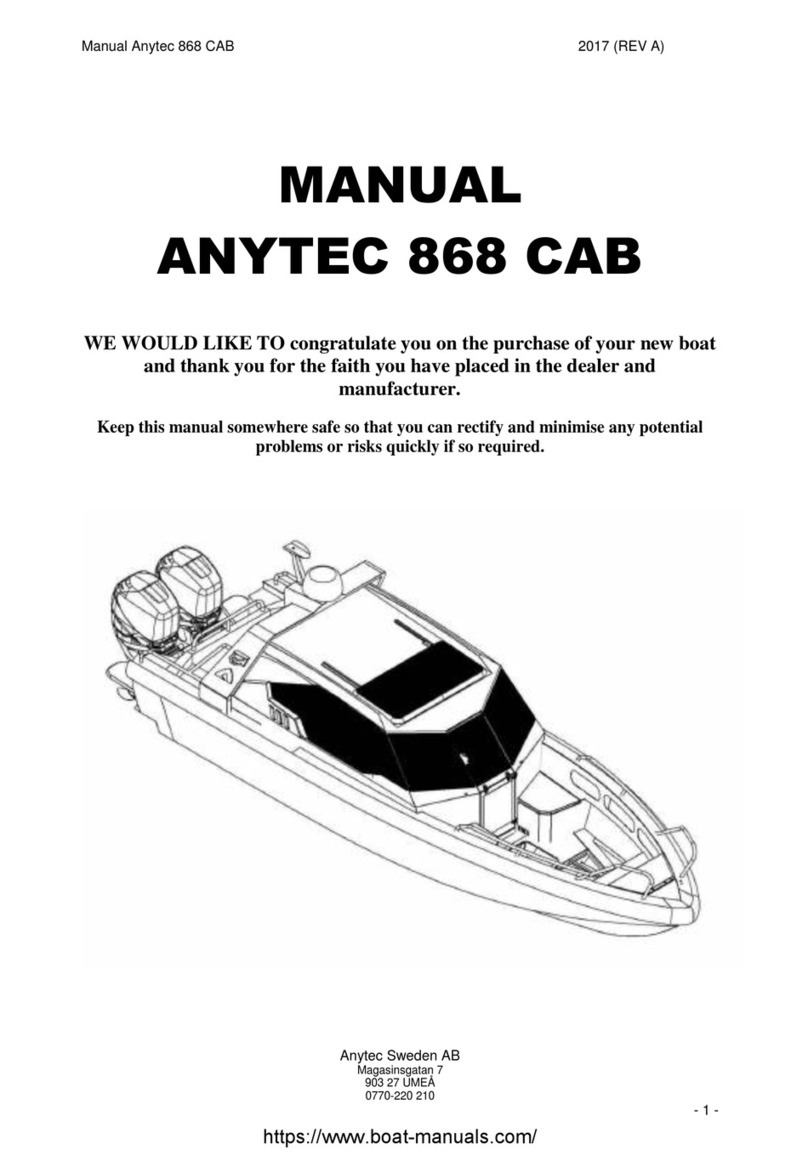
ANYTEC
ANYTEC 868 CAB manual
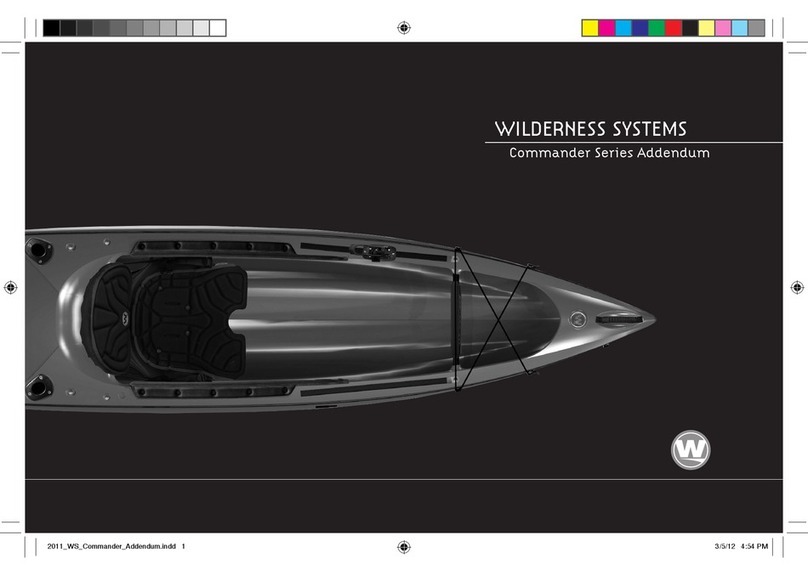
Wilderness Systems
Wilderness Systems Commander Series instruction manual
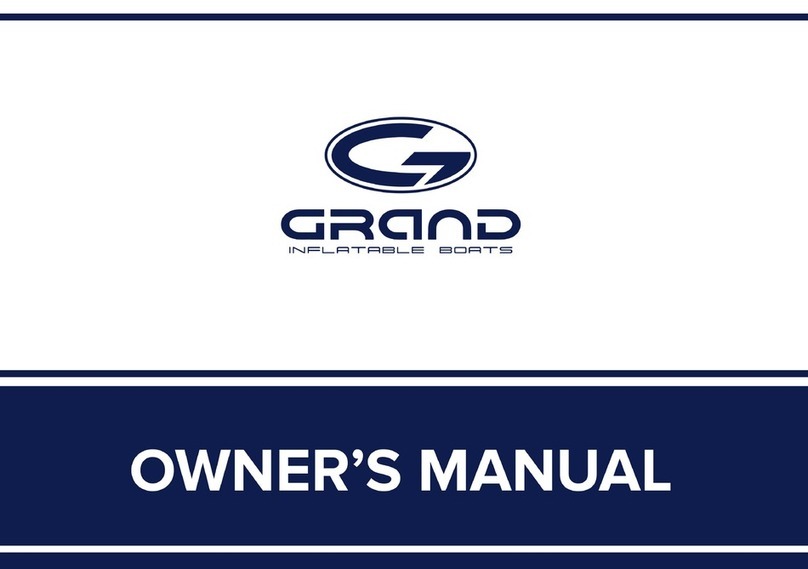
Grand
Grand Golden Line G750 owner's manual
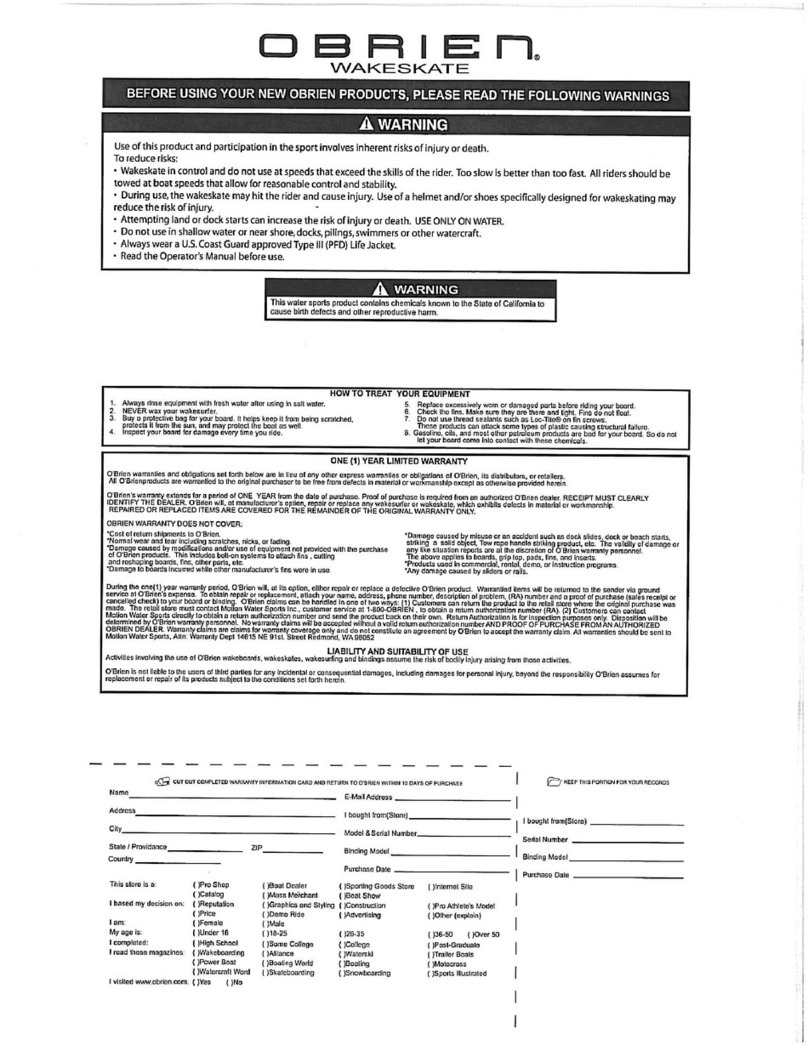
O'Brien
O'Brien FUSE EVA FOAM TOP 103cm 2090112 product manual

KeyWest Technology
KeyWest Technology 152CC/1520 Sportsman quick guide


